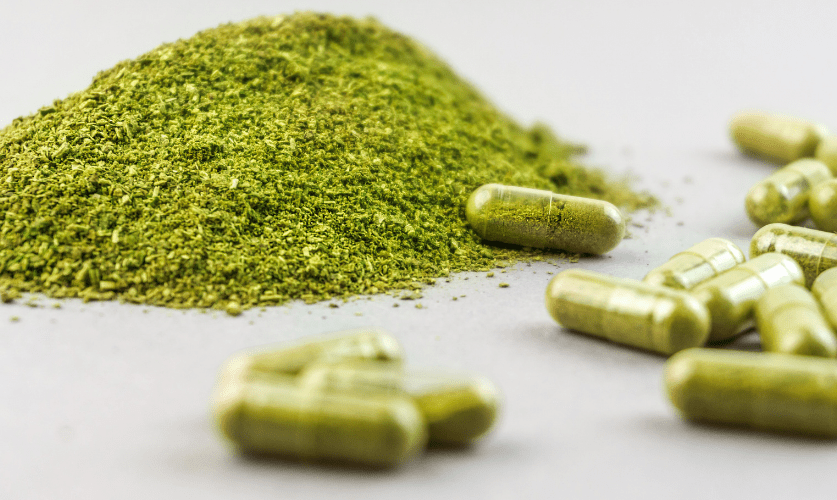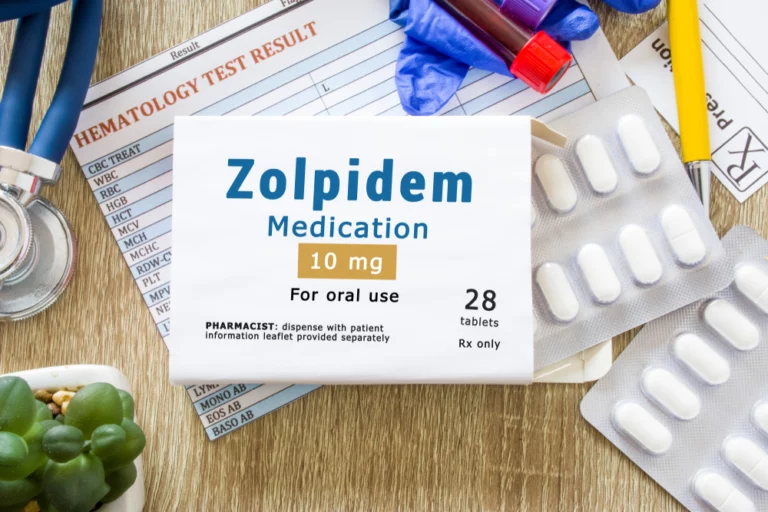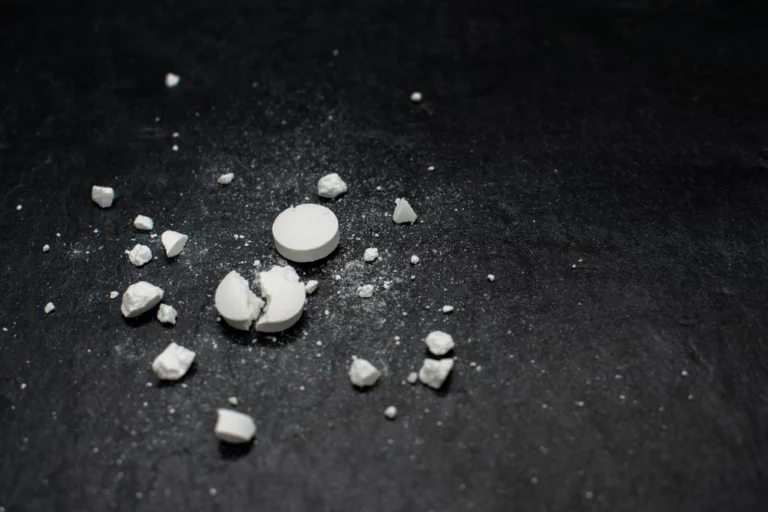Is Kratom Safe? 5 Things You Need to Know
Kratom is a plant from the coffee family that can be used to alleviate pain and increase energy, and it’s been increasing in popularity because of its potential to be a safe alternative to opioid painkillers. But are people who use Kratom aware of how addictive the drug can be, and how it could lead to dangerous side effects? Here is what you need to know about Kratom.
What is Kratom?
Kratom is a plant that belongs to the coffee family, and it has been used in Southeast Asia for hundreds of years to relieve pain and increase energy. It can be brewed into a tea or made into an extract, and it’s been increasing in popularity because of its potential to be a safe alternative to opioid painkillers. There are reports of herbal supplements containing Kratom from Thailand being sold by some retailers as “bath salts.”

Who Should and Shouldn’t Use Kratom
Kratom is not for everyone. Kratom should not be used by anyone who has a history of drug abuse or addiction, as it can lead to dependency and withdrawal symptoms. Moreover, people with liver disease should avoid Kratom because it contains mitragynine, an alkaloid that could cause the destruction of red blood cells in the body.
It’s also important to know what ingredients are in your supplement. Some supplements could have hidden substances such as added caffeine, which could lead to anxiety and jitters instead of energy and pain relief.
Another reason why Kratom is not for everyone is that it’s very easy to overdose on the drug. According to data from the National Poison Data System, between 2015 and 2016 there were over 750 reported calls involving Kratom overdoses. The National Institute on Drug Abuse says that using Kratom with other drugs or alcohol can cause harm and potentially death due to “excited delirium.” In case you’re wondering if you should use Kratom, consider these adverse reactions before trying this new alternative medication.
How Is Kratom Absorbed
Kratom is a powder that comes in a capsule, but the drug is not water-soluble. This means it can be difficult to dose because the user has to take three or four capsules in order to get an effect. Kratom also needs time to be absorbed by the body and metabolized before it can have an effect.
The Dangers of Kratom
Kratom is an herbal plant that can be brewed into tea or made into a powder to be taken in other ways. It has been used for medicinal purposes for centuries, but it’s still unclear how safe it is and what the long-term side effects are. Some people use Kratom as a natural painkiller, while others use it recreationally to take away some of the pain they feel from regular activities like exercise or work.
The Drug Enforcement Administration (DEA) has classified Kratom as an illegal substance because of its abuse potential. In 2015, the DEA issued warnings about the dangers of Kratom and recommended against its use at all levels. Further research found that Kratom addiction may be more prevalent than previously thought.
Also, Kratom doesn’t have any regulations or restrictions on how it can be sold to consumers due to its unregulated status in the United States. This means consumers don’t know exactly what they’re getting when they buy Kratom from sellers online or in person. Finally, there are reports of side effects associated with using Kratom such as liver damage and withdrawal symptoms when people stop using it abruptly.

What are the Alternatives to Kratom?
If you’re considering trying Kratom and you’re not sure if it’s safe, one option is to give up the drug and try a safer alternative. The Centers for Disease Control has released a list of other substances that can be used as an alternative to Kratom. Some of these alternatives include prescription drugs like Tramadol (Ultram) or codeine, and over-the-counter painkillers such as acetaminophen (Tylenol), ibuprofen (Advil), naproxen sodium/sodium naproxen (Aleve).
Another option is to use a supplement other than Kratom. There are plenty of supplements that claim to help ease pain without the risk of addiction or side effects like drowsiness. One example is magnesium citrate, which is available at most health food stores.
Trust the Experts
Kratom is a plant-based substance that has been used for centuries in Southeast Asia to manage pain, anxiety, depression and provide a sense of euphoria. Because it is a plant-based compound, it can be purchased legally without a prescription in the U.S.
Kratom has gained popularity in the U.S. in recent years and some manufacturers have marketed it as a natural alternative to opioids. However, there are still many questions swirling around the safety and side effects of this drug. There are many instances of disastrous and even deadly side effects associated with Kratom use, so it’s important to be aware of the possible dangers when using Kratom.
Kratom abuse and opioid addiction can affect anyone. If you or a loved one are currently struggling with Kratom misuse, help is available! We encourage you to reach out to the professionals at Oasis Recovery to learn more about our personalized treatment programs and mental health services. Oasis Recovery was founded from firsthand experience of addiction and recovery, with a mission of providing a space where people can heal from addiction in a compassionate, creative, open-minded, and heart-centered environment. We believe recovery is always possible. Our experts work with you to design a treatment plan that fits your needs. Common treatment programs include:
- Intensive Outpatient Programs (IOP)
- Full-time Addiction Treatment on campus
- Aftercare Services
Contact us today for more information about how our programs and services can help you get your life back on track. You no longer have to struggle with kratom abuse or opioid addiction on your own. We are here to help.







